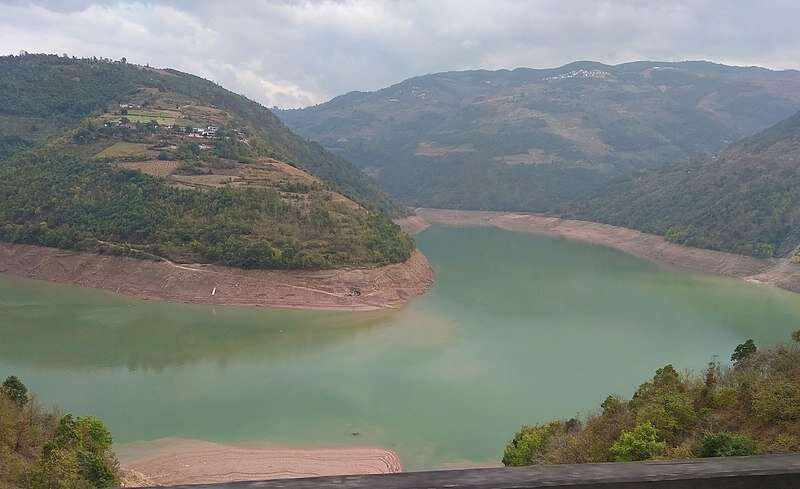Terrestrial water storage and total basin discharge decline in Lancang River Basin

The Lancang River is situated in a complex environmental setting with roughly two diverse topographies that gradually transform from grassland-dominated plateaus to tropical rainforest zones in the south. Previous studies have recorded a substantial decrease in precipitation over the past several decades in this region. Understanding the trends in climatic variables is a practical approach for monitoring climatic changes and their impact on the hydrological cycle.
In a study published in the Journal of Hydrology: Regional Studies, researchers from the Xishuangbanna Tropical Botanical Garden (XTBG) of the Chinese Academy of Sciences dealt with the impact of climate change on water storage in the Lancang River Basin, which is governed by the South Asian monsoon system. They evaluated the spatiotemporal distribution of multi-source precipitation, evapotranspiration, and terrestrial water storage (TWS) to understand the hydrological system in the region.
Employing the water balance method, the researchers used the products of the Gravity Recovery and Climate Experiment to calculate river discharge in the Lancang River Basin. They also calculated river discharge using the Global Land Data Assimilation System and surface models, Global Land Evapotranspiration model from Amsterdam and TWS, and precipitation data from space observations.
They observed a decreasing trend of precipitation from 1998–2016 and an increasing trend of evapotranspiration from 2002–2020. The terrestrial water storage showed a decreasing trend with wide reduction.
The total basin discharge calculated by the water balance method showed a significant decreasing trend from 2002 to 2015. Spatial and temporal temperature trends indicated intense warming in the basin, with mean temperature increasing by 0.05 °C from 2002 to 2015.
Moreover, they identified a 2-month time lag between precipitation and TWS, which could be a response to climatic factors along with aquifer properties in a karst dominated region.
"These results could help understand climate change response in the transboundary river system and provide baseline information for water resource management for future socioeconomic development in this region," said Song Qinghai, correspondence author of the study.
More information: Sadia Bibi et al, Effects of climate change on terrestrial water storage and basin discharge in the Lancang River Basin, Journal of Hydrology: Regional Studies (2021). DOI: 10.1016/j.ejrh.2021.100896
Provided by Chinese Academy of Sciences





















